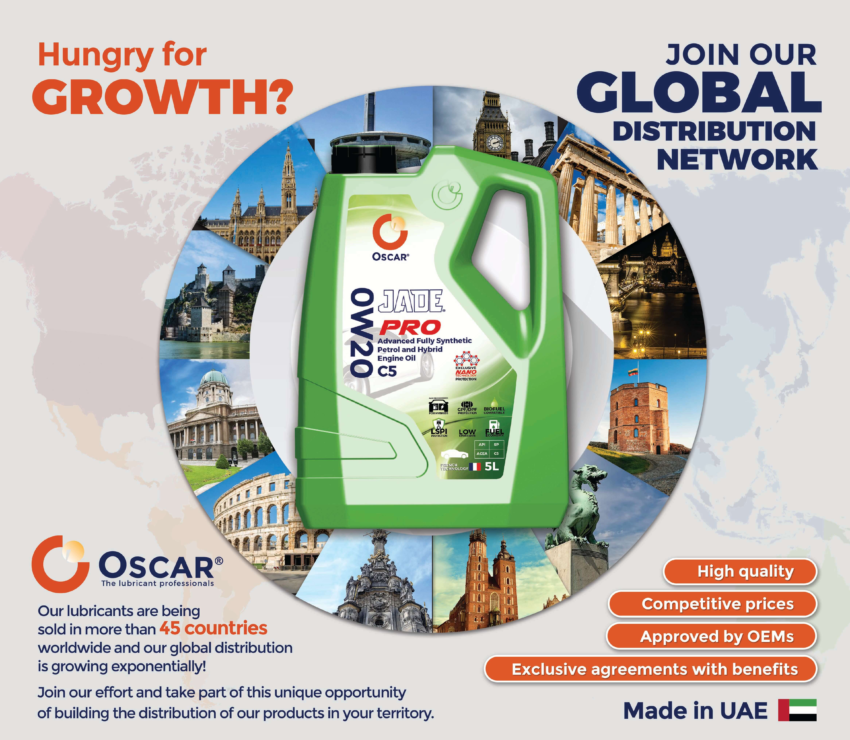Polyalkylene glycol (PAG) is a high-performance synthetic lubricant known for its excellent thermal stability, water solubility, and low toxicity. It is widely used in various industrial applications, including compressors, gearboxes, and metalworking fluids. The process of synthesizing PAG involves polymerizing alkylene oxide monomers, primarily ethylene oxide (EO) and propylene oxide (PO). Below is a step-by-step guide to synthesizing Polyalkylene Glycol.
Selection of monomers:
The synthesis of PAG begins with the selection of the alkylene oxide monomers. The two most commonly used monomers are ethylene oxide (EO) and propylene oxide (PO). These monomers are selected based on the desired properties of the final product. For example, EO imparts water solubility to the polymer, while PO improves hydrophobicity and viscosity. A mixture of EO and PO can also be used to tailor the properties of PAG for specific applications.
Initiation of polymerization:
Once the monomers are selected, the polymerization process is initiated. A suitable initiator, typically an alcohol (such as methanol or ethylene glycol), is used to start the reaction. The initiator reacts with the alkylene oxide monomers, creating active sites for polymer growth. These active sites are important for the chain propagation that leads to the formation of PAG.
Polymerization reaction:
The polymerization reaction occurs in the presence of a catalyst, usually a base such as potassium hydroxide (KOH). The alkylene oxide monomers are added stepwise to the initiator. The polymerization process is controlled by adjusting the ratio of EO and PO, as well as the temperature and pressure conditions. The reaction typically takes place in a closed reactor at elevated temperatures (80–150°C) and moderate pressures to ensure efficient monomer conversion.
During polymerization, the monomers add to the growing polymer chain in a controlled manner. Depending on the desired structure, the process may involve either a random or block copolymerization of EO and PO to create the specific PAG structure.
Termination and neutralization:
Once the desired polymer chain length is achieved, the reaction is terminated by neutralizing the catalyst. This step typically involves adding an acid, such as acetic acid, to the reaction mixture to deactivate the base catalyst. Neutralization is essential to stop the polymerization process and ensure the stability of the final product.
Purification:
The crude PAG is then purified to remove any unreacted monomers, residual catalyst, and by-products. This purification step typically involves filtration and vacuum distillation. In some cases, the product may be washed with water to remove water-soluble impurities, particularly in water-insoluble PAGs. Proper purification ensures the final product meets the required specifications for industrial use.

